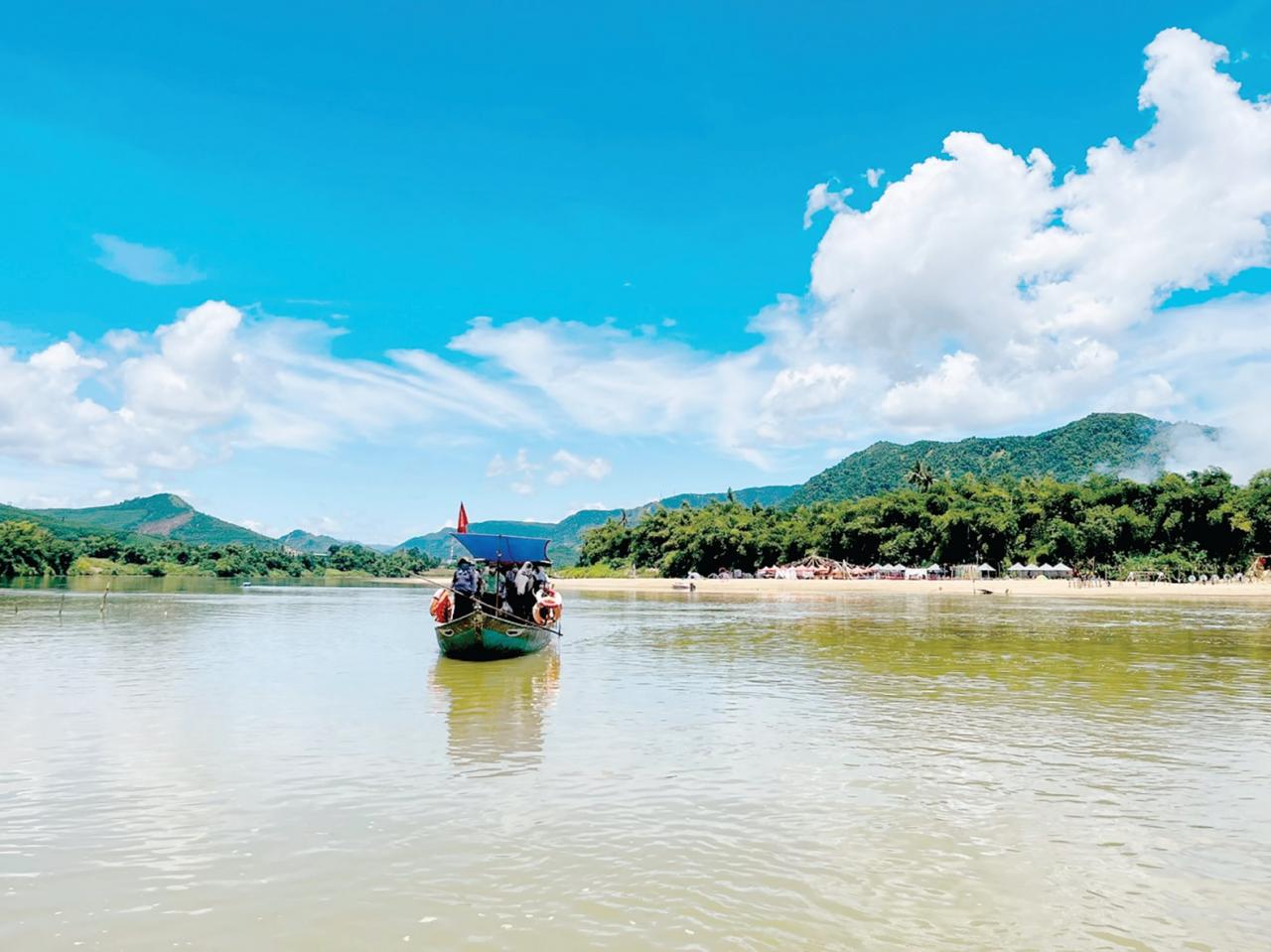
Name from shape
An Mountain, also known as Chua Mountain, Hon Vung, Hon Den... is the most majestic mountain with an altitude of nearly 1,000 meters above sea level. An Mountain belongs to the Hon Tau mountain system, a mountain system with an area of over 100 km 2 , stretching through three localities: Duy Xuyen, Que Son, Nong Son.
It is called Hon Vung because the mountain has the shape of an upside down lid. There is still a folk song: "Hon Tau, Hon Kem, Hon Vung. Three mountains together support the Quang Nam region".
Teacher Ha Van Da - who has many field studies and works about Nong Son, believes that due to the height and independent position of Chua Mountain, even from far away places like Dien Ban, Hoi An... people still recognize Chua Mountain with its special shape, towering over a corner of Quang Nam sky. "With such height and terrain, together with Hon Tau and the Hon Kem, Hon Than mountain ranges... Chua Mountain has directly influenced and created local weather and climate patterns of the Trung Loc valley. In the past, old farmers relied on the color, shape, movement... of the clouds covering Chua Mountain in the mornings and afternoons to predict rain and sunshine and have summarized them into folk experience: "Chua Mountain is bordered by white clouds, the sky is sunny and about to rain", "Hon Tau, Chua Mountain is gloomy. Khe Canh, Ruou garden has stopped growing potatoes"... - teacher Ha Van Da wrote.
HA VAN
It is called An mountain because the mountain "has a towering shape, the peak of the mountain is like a red square seal" (according to Dai Nam Nhat Thong Chi).
The name of the mountain is Chua because "on the mountain there is a temple to worship Lady Ngoc Tien Nuong". People in the surrounding area often call it by this name.
The name Hon Den probably comes from the fact that at the foot of the mountain is the My Son temple system, the largest temple system of the Cham people.
Local people believe that the mountain is very sacred. Whoever cuts wood from the mountain and brings it home to build a house will sooner or later burn down the house, or else the owner will also “suddenly die”. Perhaps the story was spread to “deter” people from over-exploiting the mountain, in order to keep An Son a “forbidden mountain”.
"There is the Indian mountain, there is the Da river"
Vice-Chancellor Nguyen Dinh Hien (1872-1947) was from Loc Dong village, Que Son district (now Que Loc commune, Nong Son district). His hometown is located at the foot of An Son mountain. Sitting in the village, you can always see An Son mountain towering before your eyes.
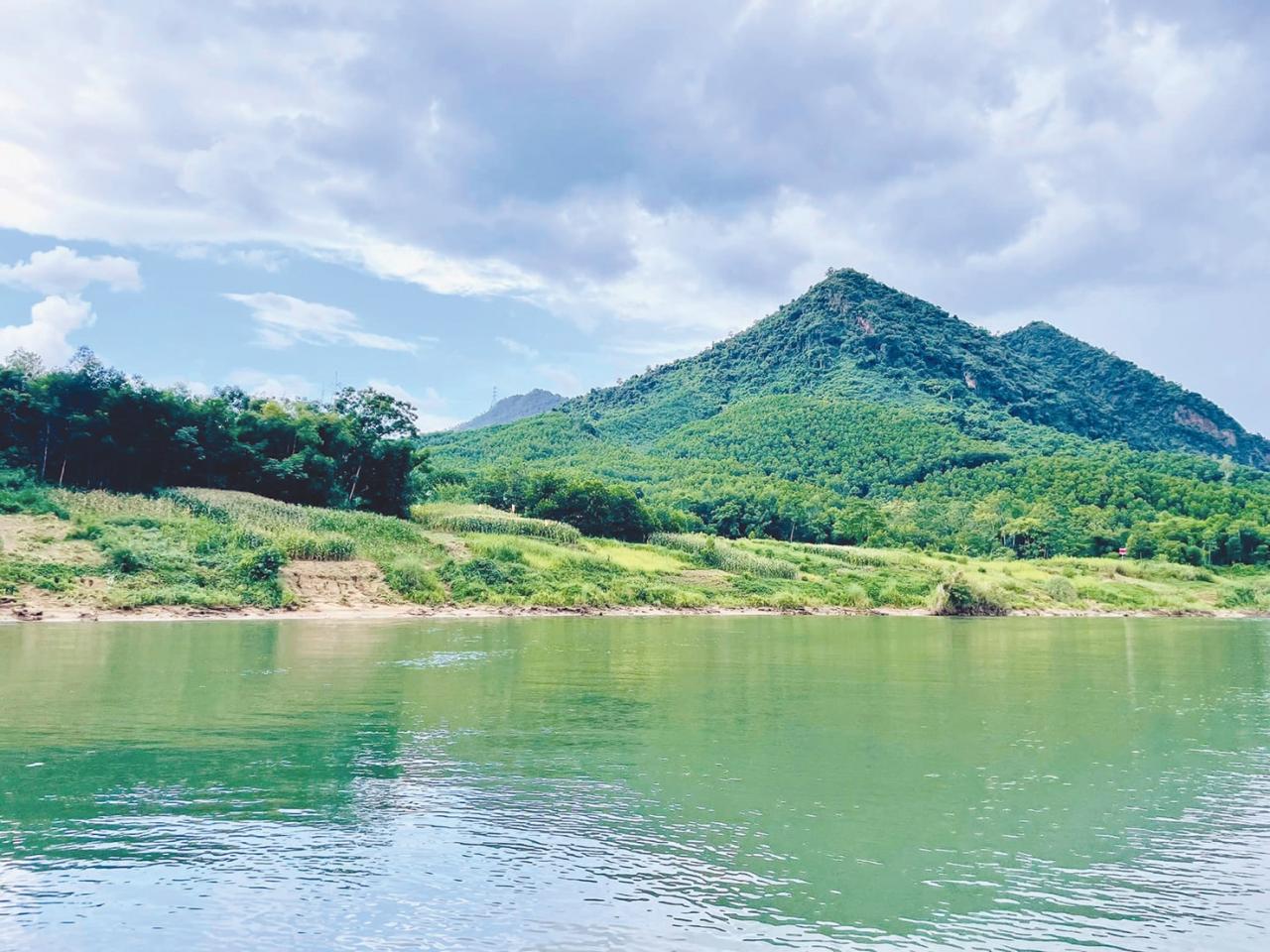
Nguyen Dinh Hien was once a “classmate” of Huynh Thuc Khang (1876-1947) at Doc Thanh Chiem school taught by Tran Dinh Phong. The two were also “classmates” in the Huong examination in the year Canh Ty (1900), Huynh was the first prize winner and Nguyen was the second prize winner. Huynh Thuc Khang visited Nguyen Dinh Hien many times and saw the majesty of An Son mountain and was very impressed by this mountain.
In 1908, when the tax resistance movement broke out, Huynh Thuc Khang was arrested and sentenced to life imprisonment in Con Dao. While imprisoned in Da Nang, on the day of his exile to Con Dao, he composed a song called “Farewell Song”. The poem has two lines: There is An mountain, there is Da river. Those mountains and rivers are still waiting for me to weave…
The An Mountain here is the An Mountain, the main mountain of Quang Nam. The Da River here is the Da Giang, the name of the river flowing through Da Nang at that time - today it is the two rivers Cam Le and Han. This time, Mr. Huynh used the An Mountain and Han River as symbols for Quang Nam, instead of using the Thu Bon River and Ngu Hanh Mountain as symbols as many people have used for a long time.
In 1947, as Chairman of the Lien Viet Front, Huynh Thuc Khang was sent to inspect the Central Central region. When he arrived in Quang Ngai, he fell ill and passed away. Because he was afraid of the long distance and the war, before he passed away, he wished to be buried in Quang Ngai. The people of Quang Ngai respectfully buried him on Thien An Mountain - a famous place and also the main mountain of the province.
Nowadays, many people, when visiting his grave on Thien An mountain overlooking the poetic Tra Khuc river, think that his grave matches the two verses he wrote in 1908 (because they thought An mountain in the poem was Thien An mountain and mistakenly read Da river as Tra river) and believe that Huynh Thuc Khang had "prophesized" his resting place 39 years earlier.
This is a “special” coincidence that leads to an interesting misconception!
Source: https://baoquangnam.vn/quanh-ngon-an-son-3142264.html


![[Photo] Prime Minister Pham Minh Chinh chairs meeting on US imposition of reciprocal tariffs on Vietnamese goods](https://vstatic.vietnam.vn/vietnam/resource/IMAGE/2025/4/5/9b45183755bb47828aa474c1f0e4f741)
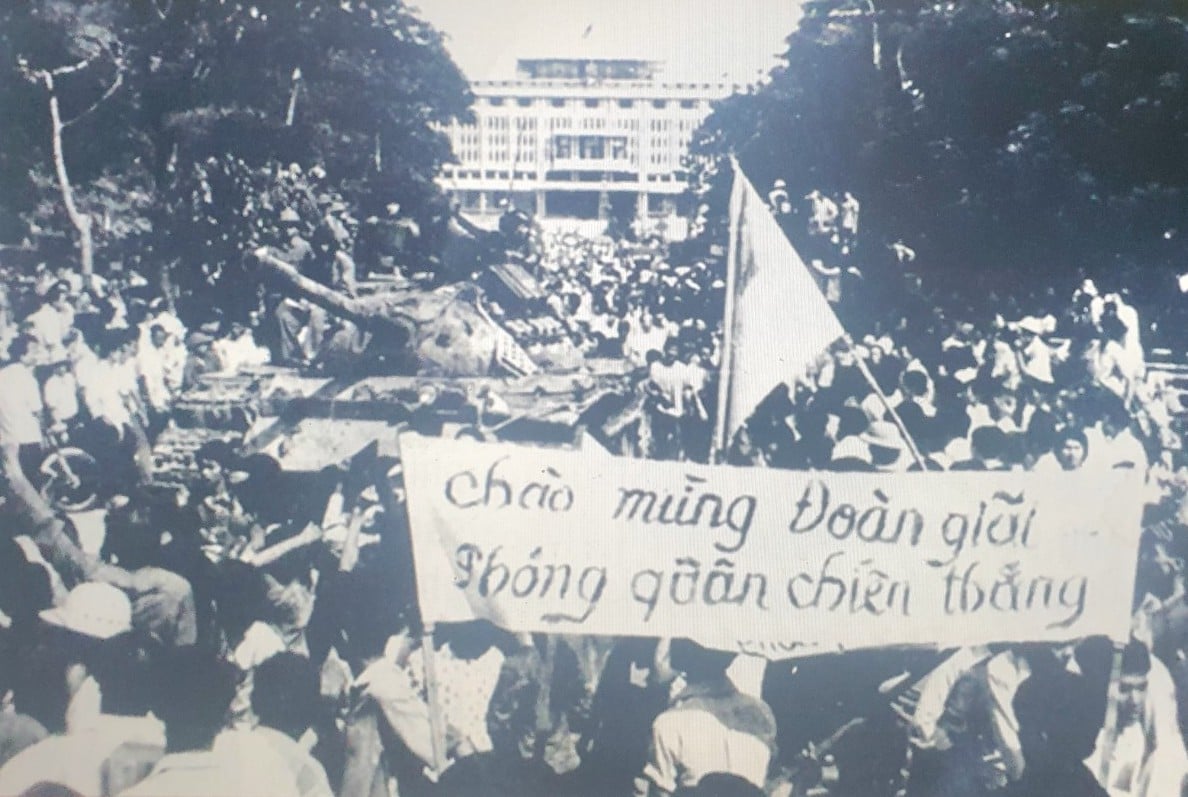

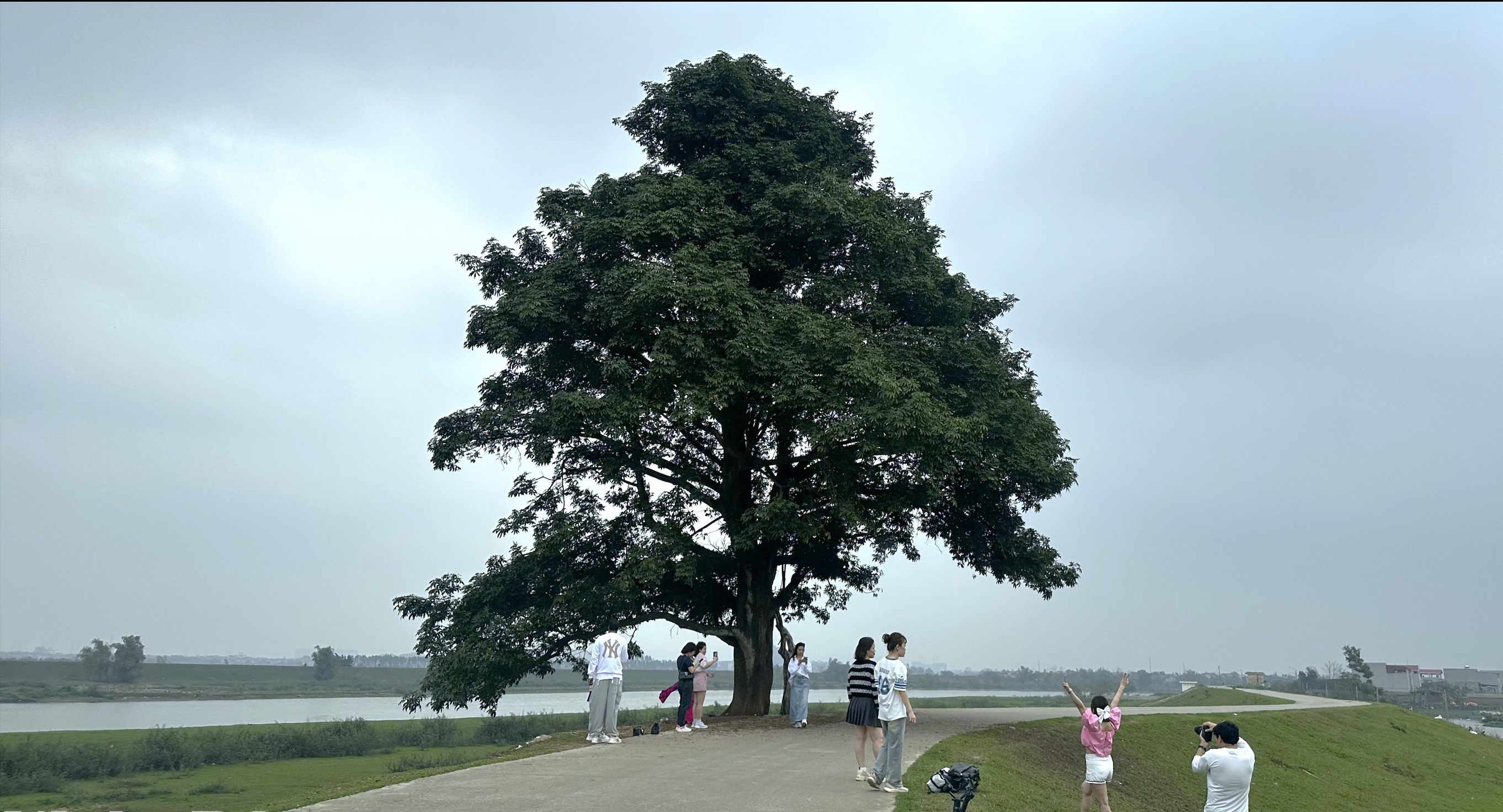


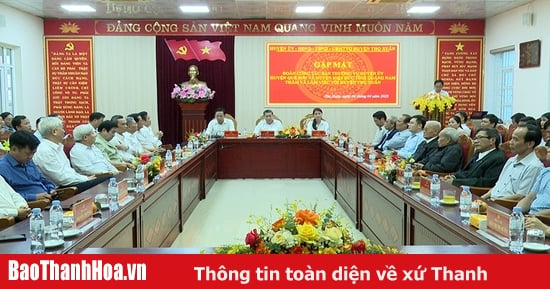


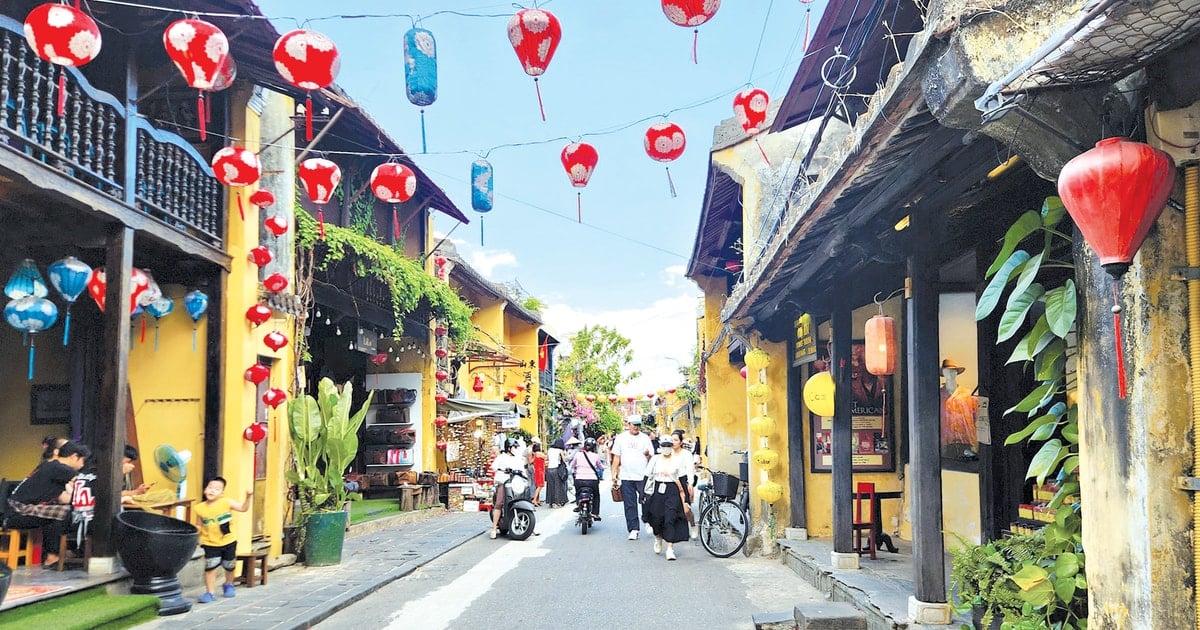

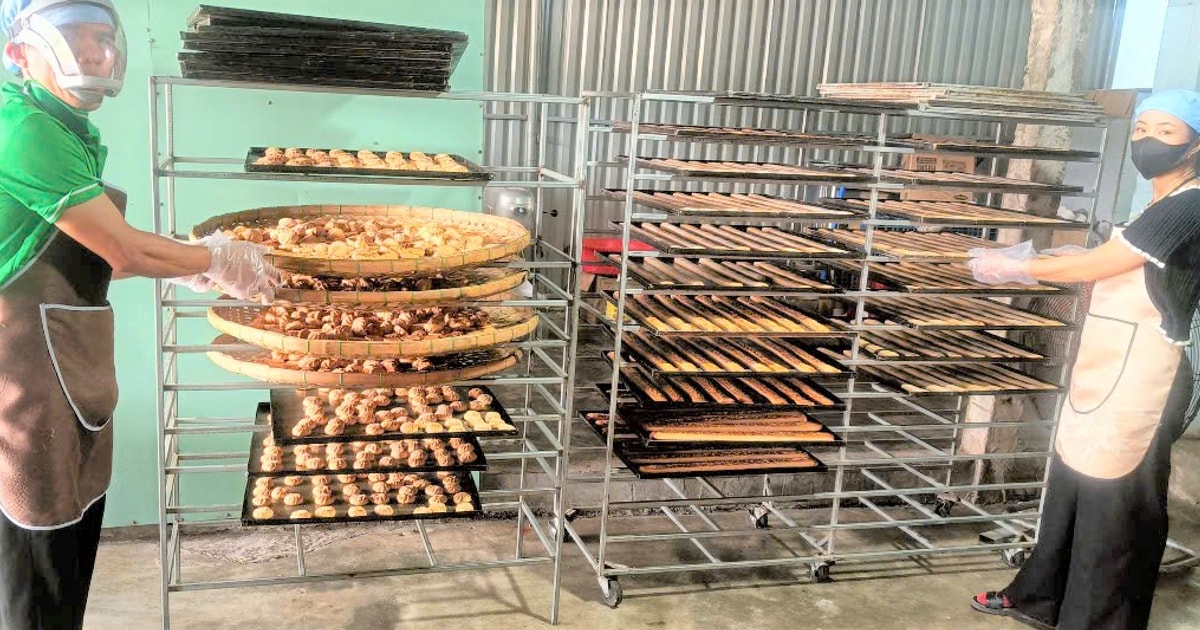

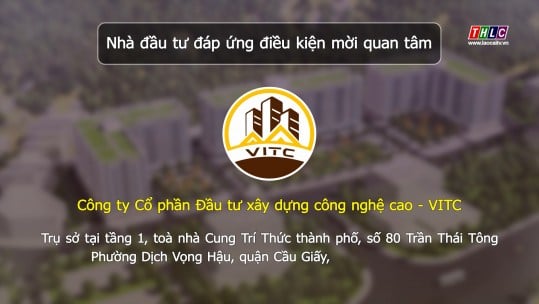




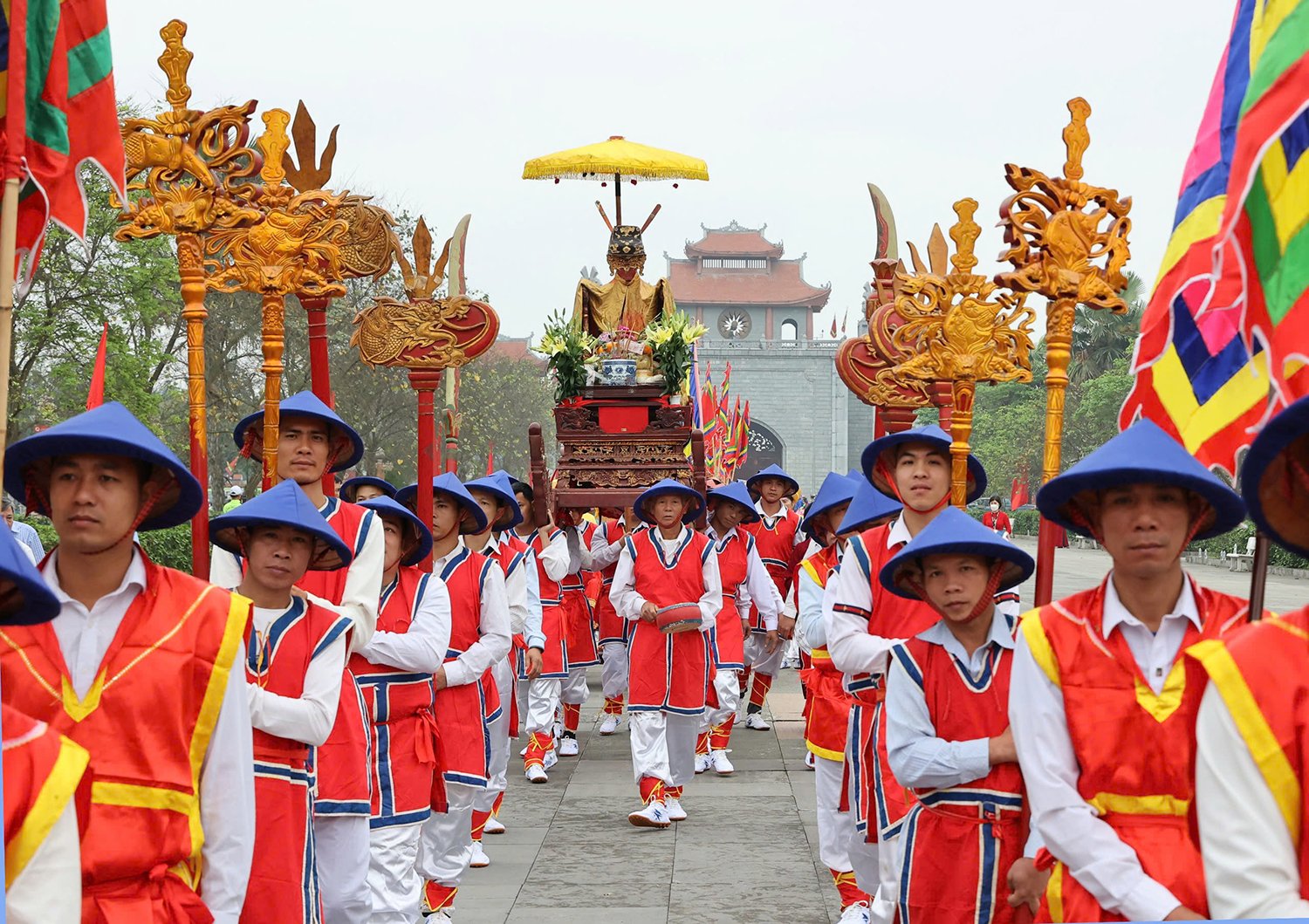
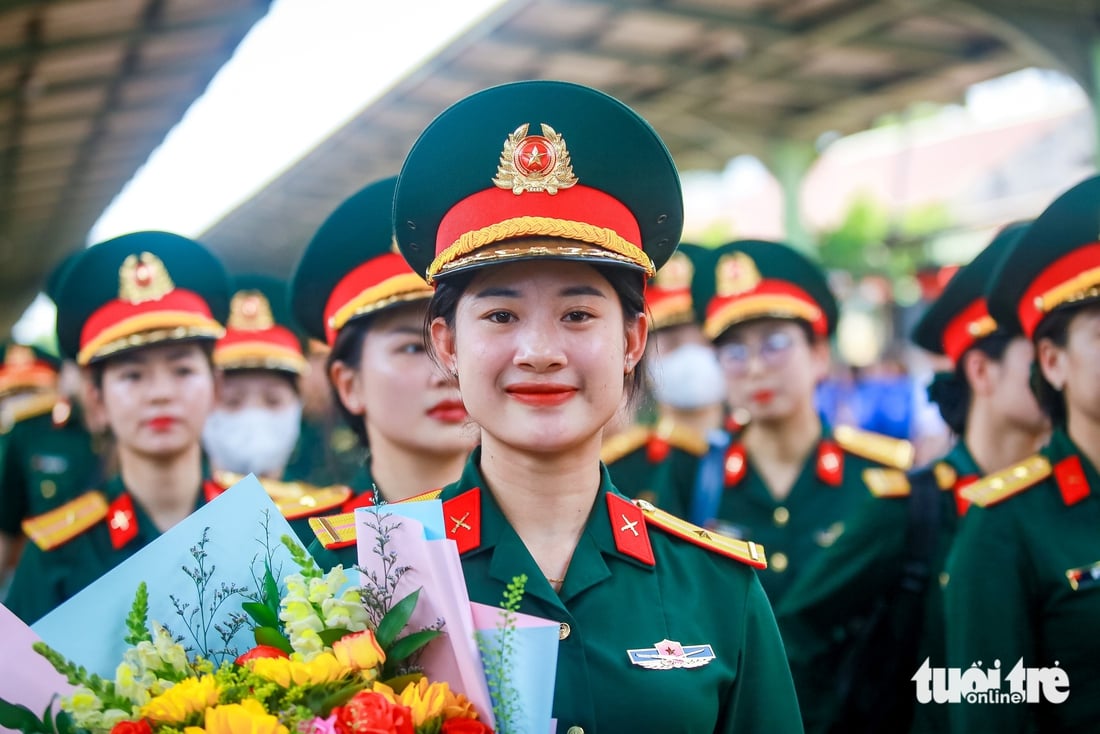
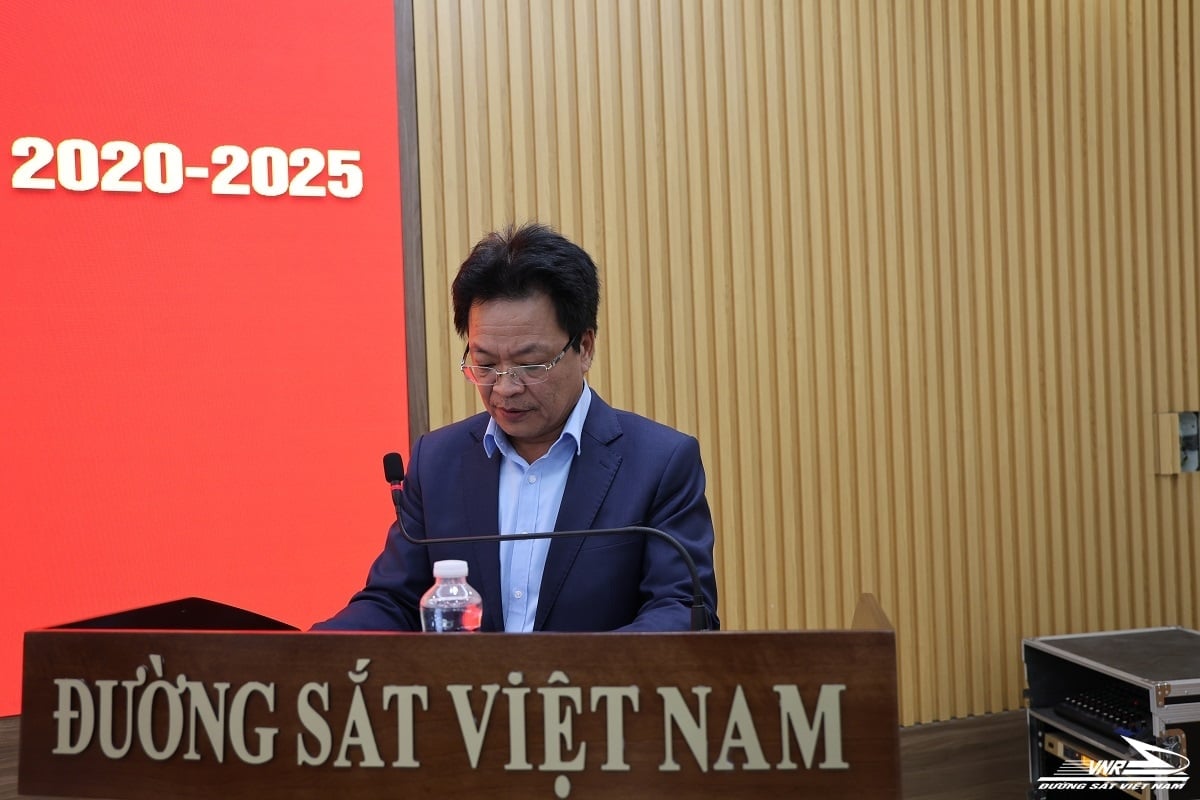
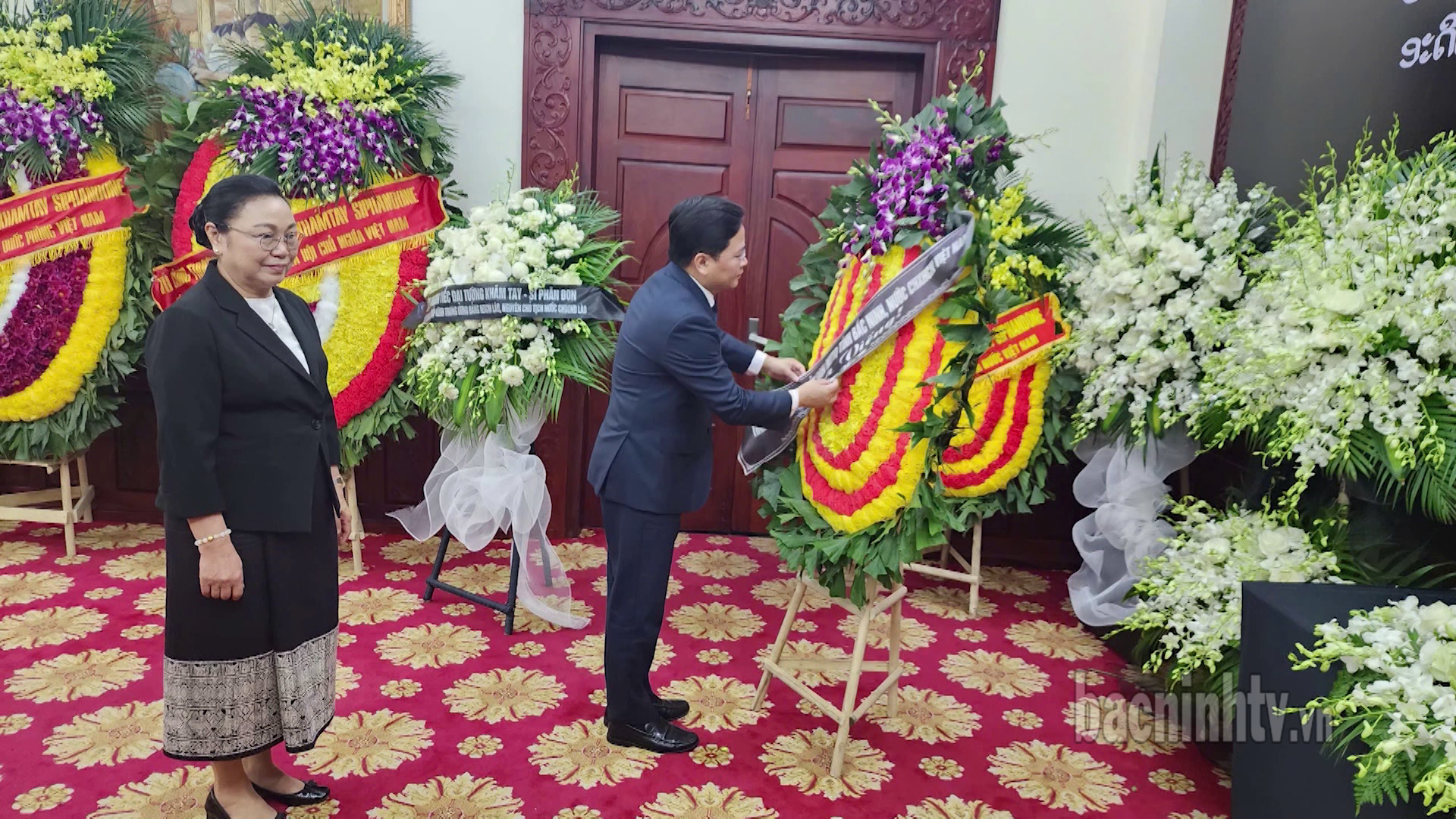
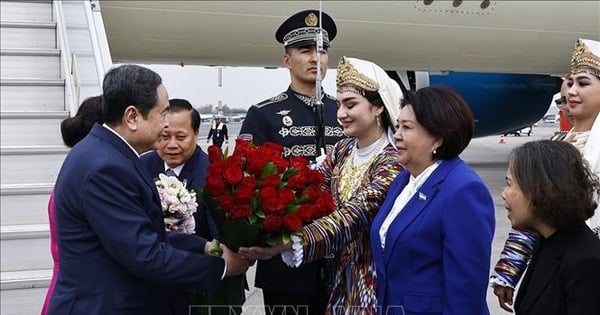
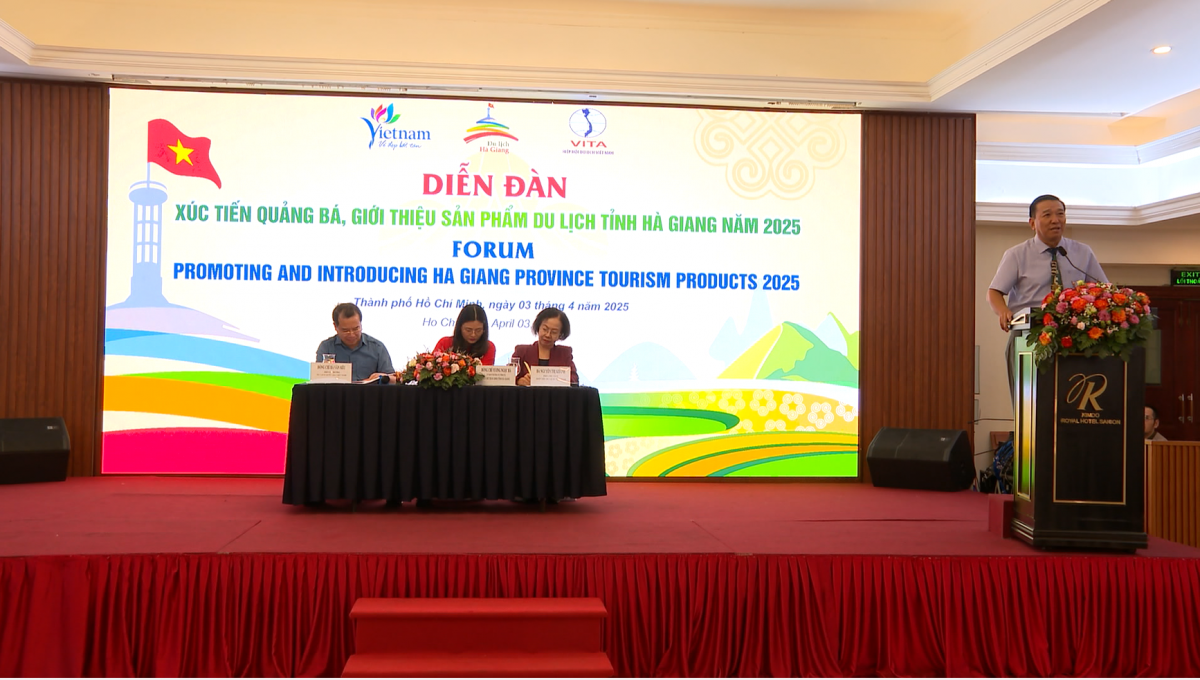

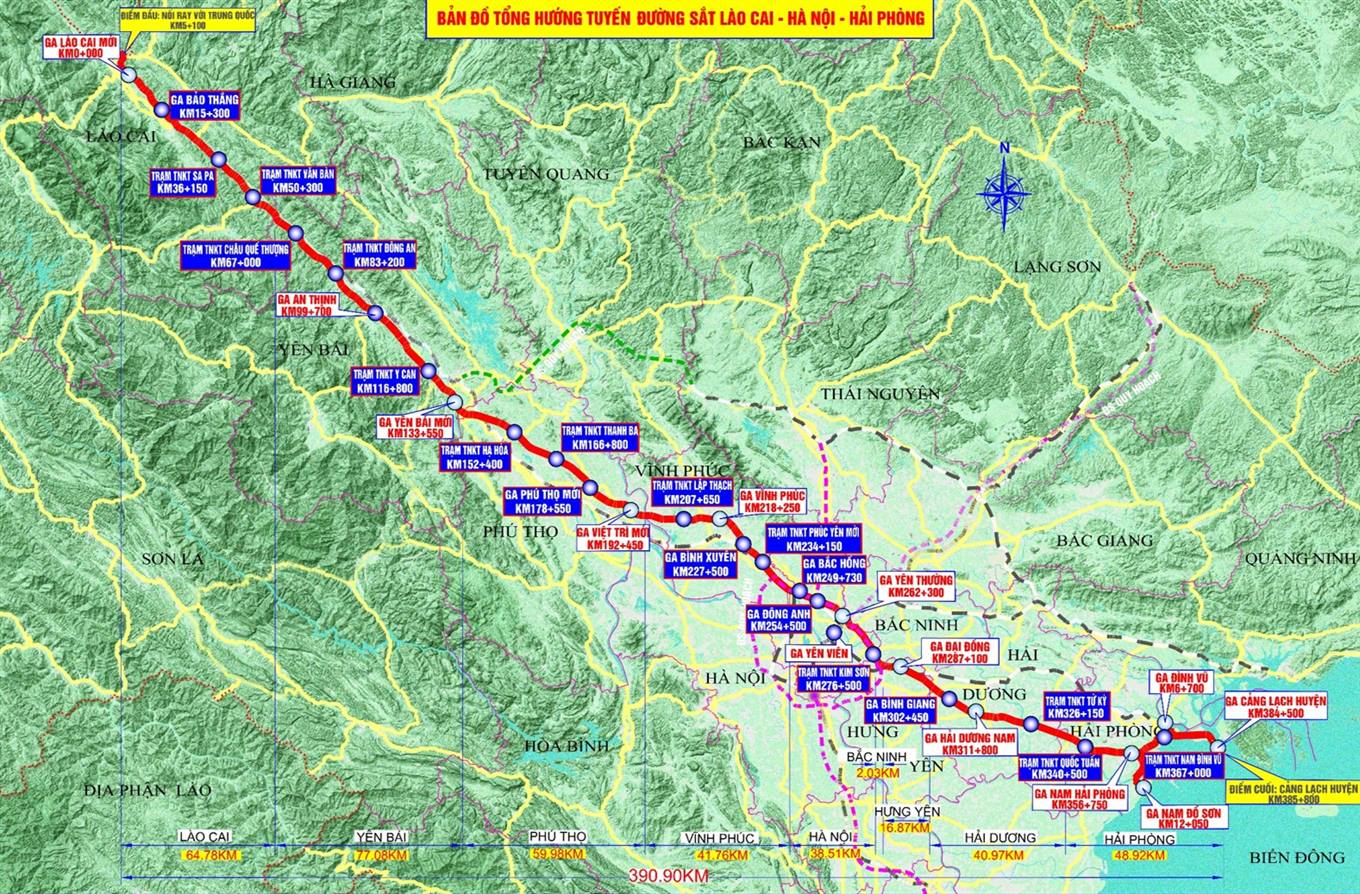

![[Photo] Hanoi flies flags at half-mast in memory of comrade Khamtay Siphandone](https://vstatic.vietnam.vn/vietnam/resource/IMAGE/2025/4/5/b73c55d9c0ac4892b251453906ec48eb)
![[Photo] Dong Nai people warmly welcome the forces participating in the parade](https://vstatic.vietnam.vn/vietnam/resource/IMAGE/2025/4/5/ebec3a1598954e308282dcee7d38bda2)
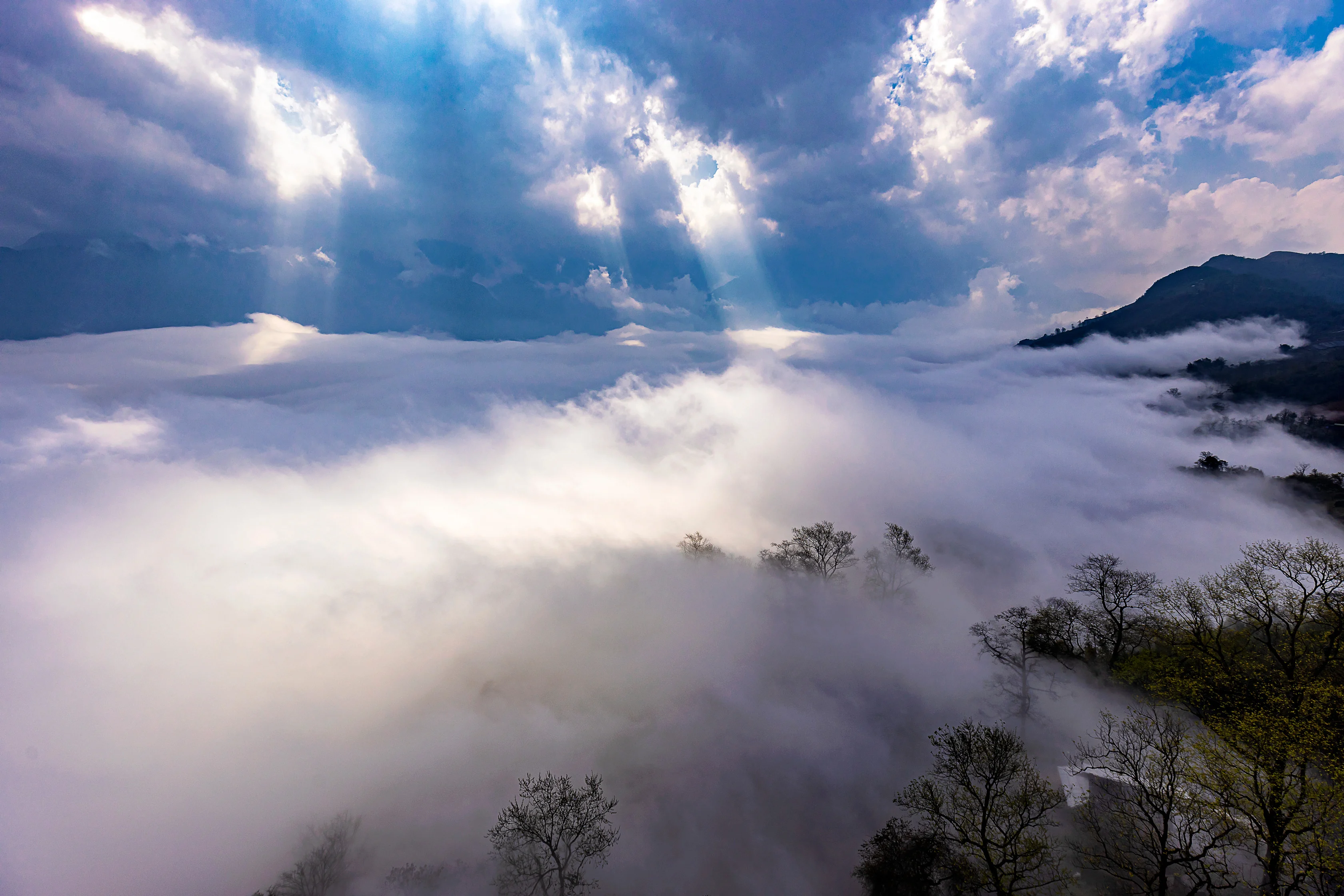

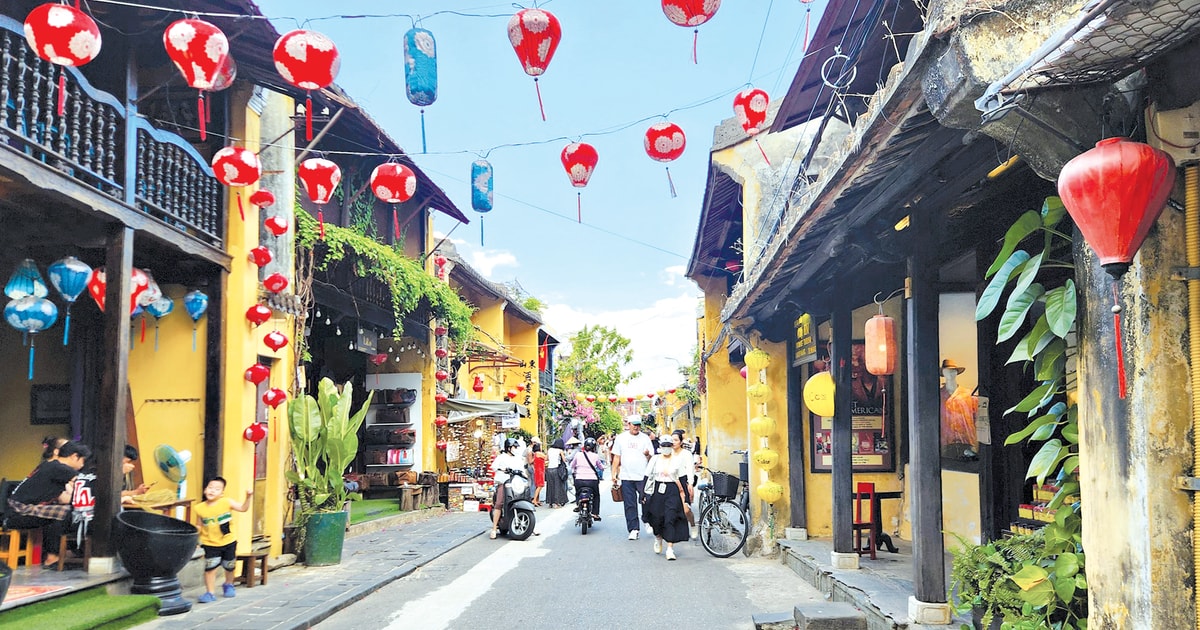
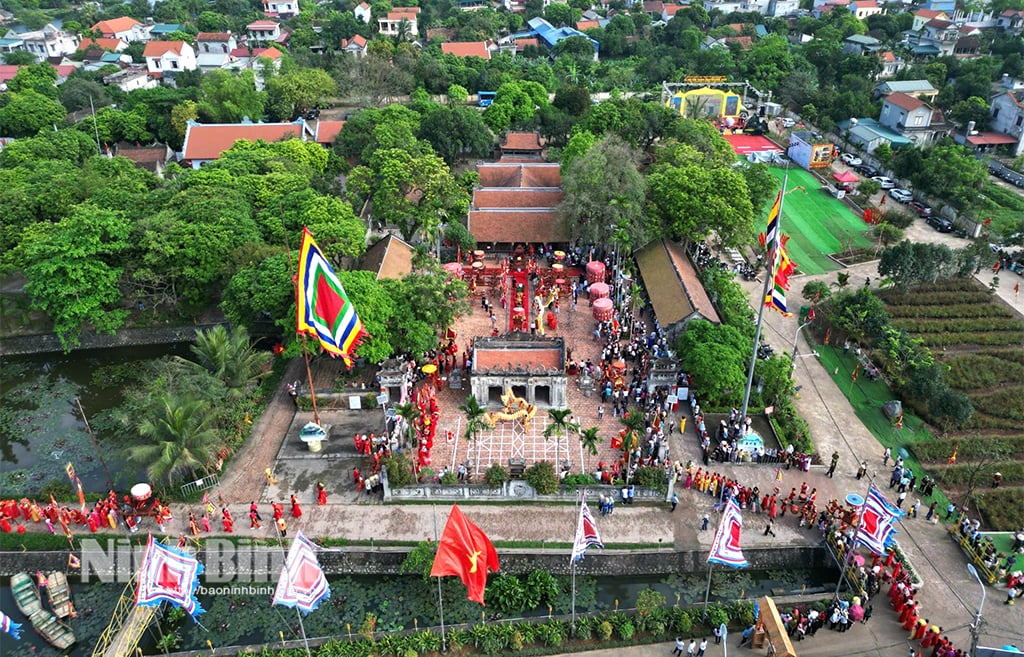

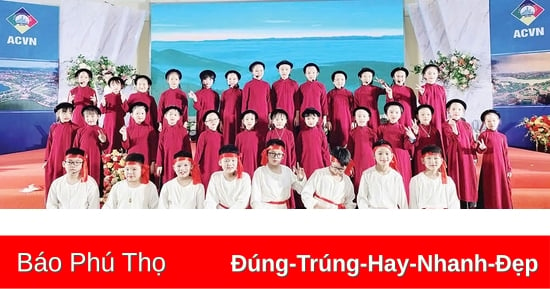

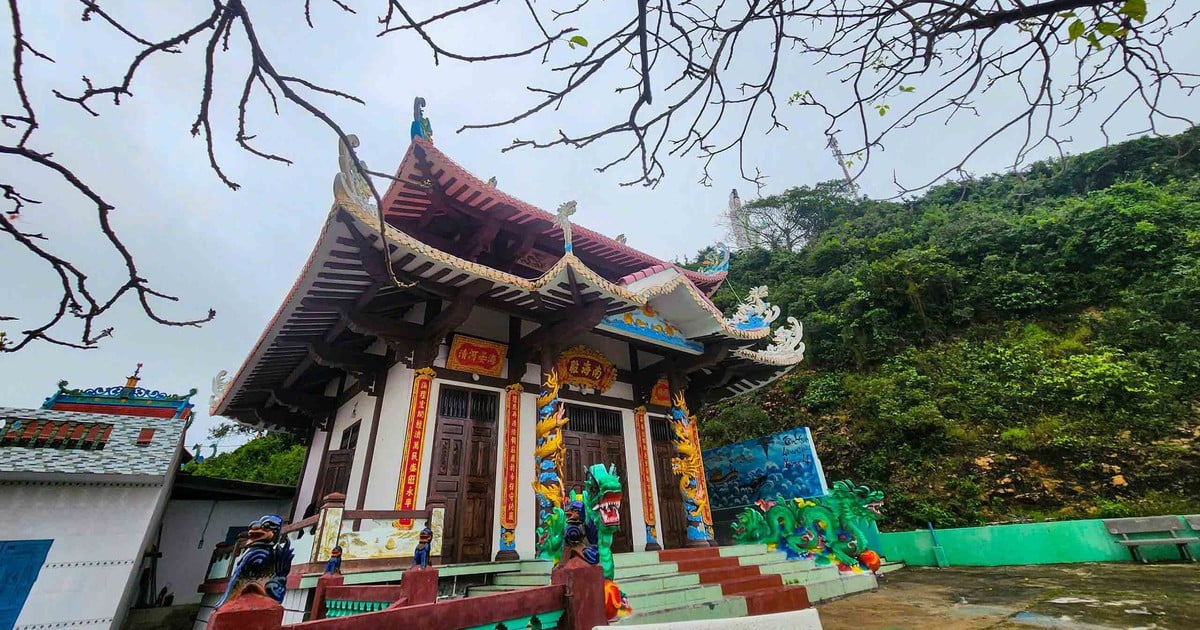

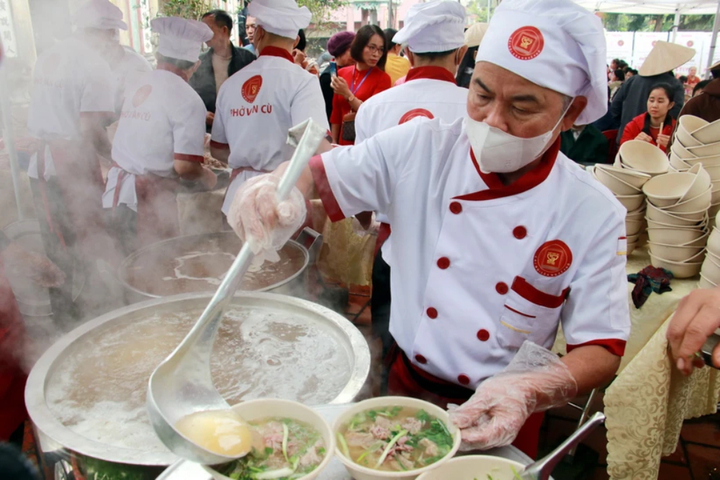

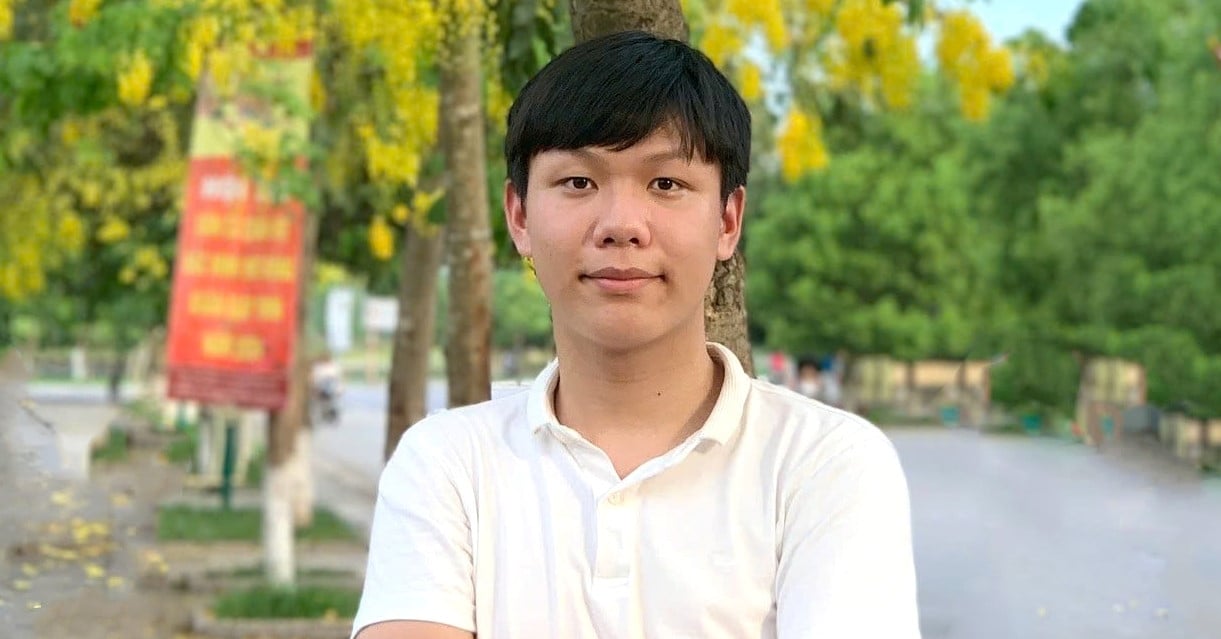

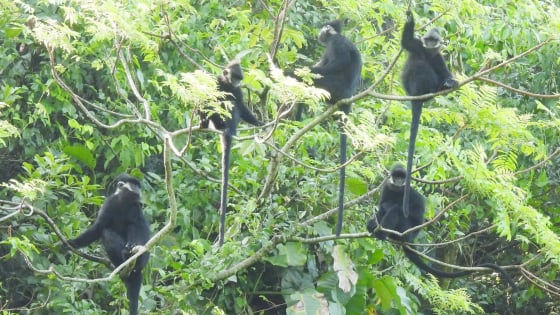

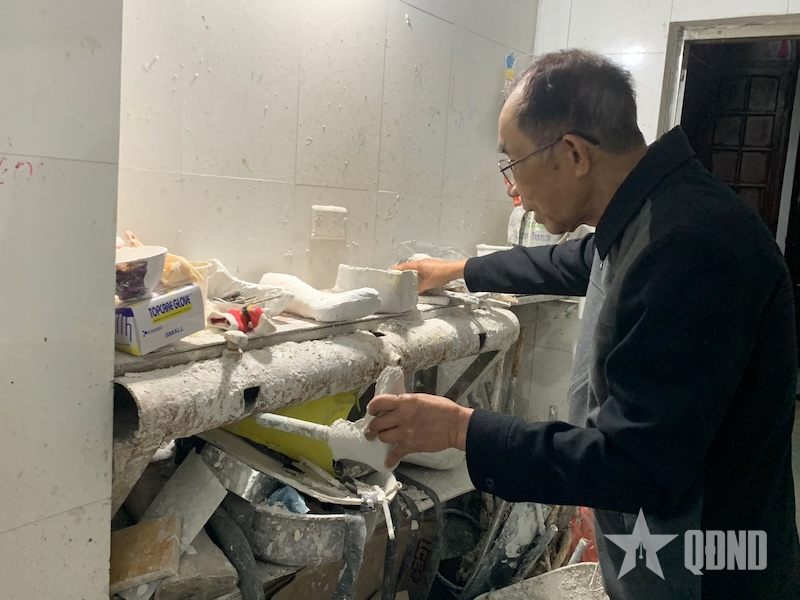

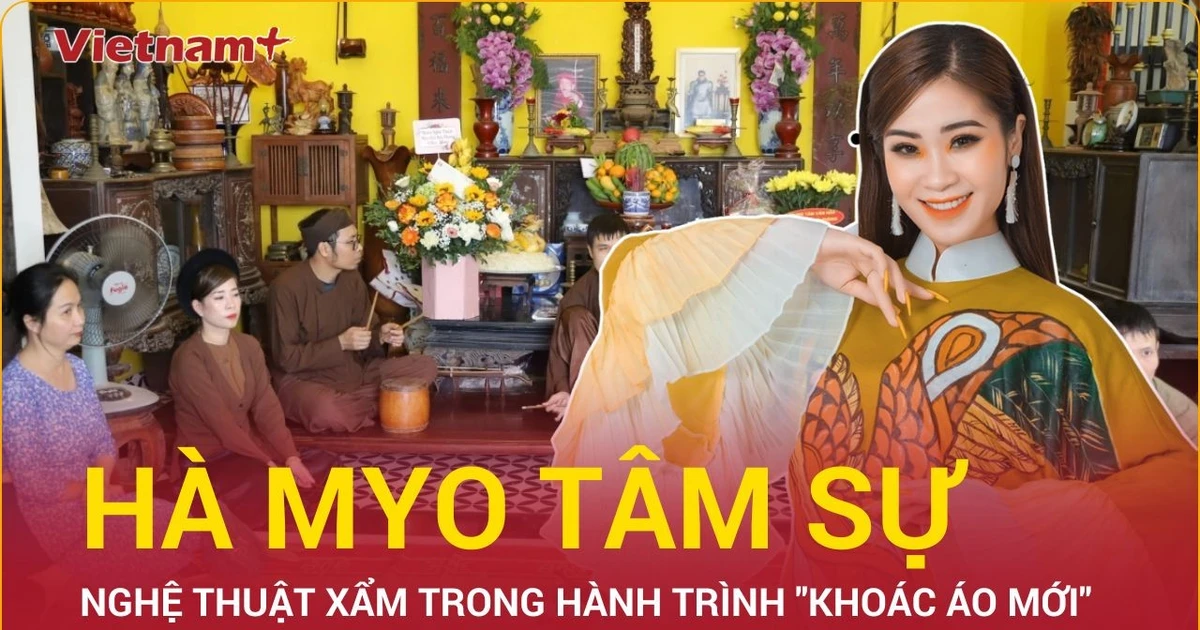



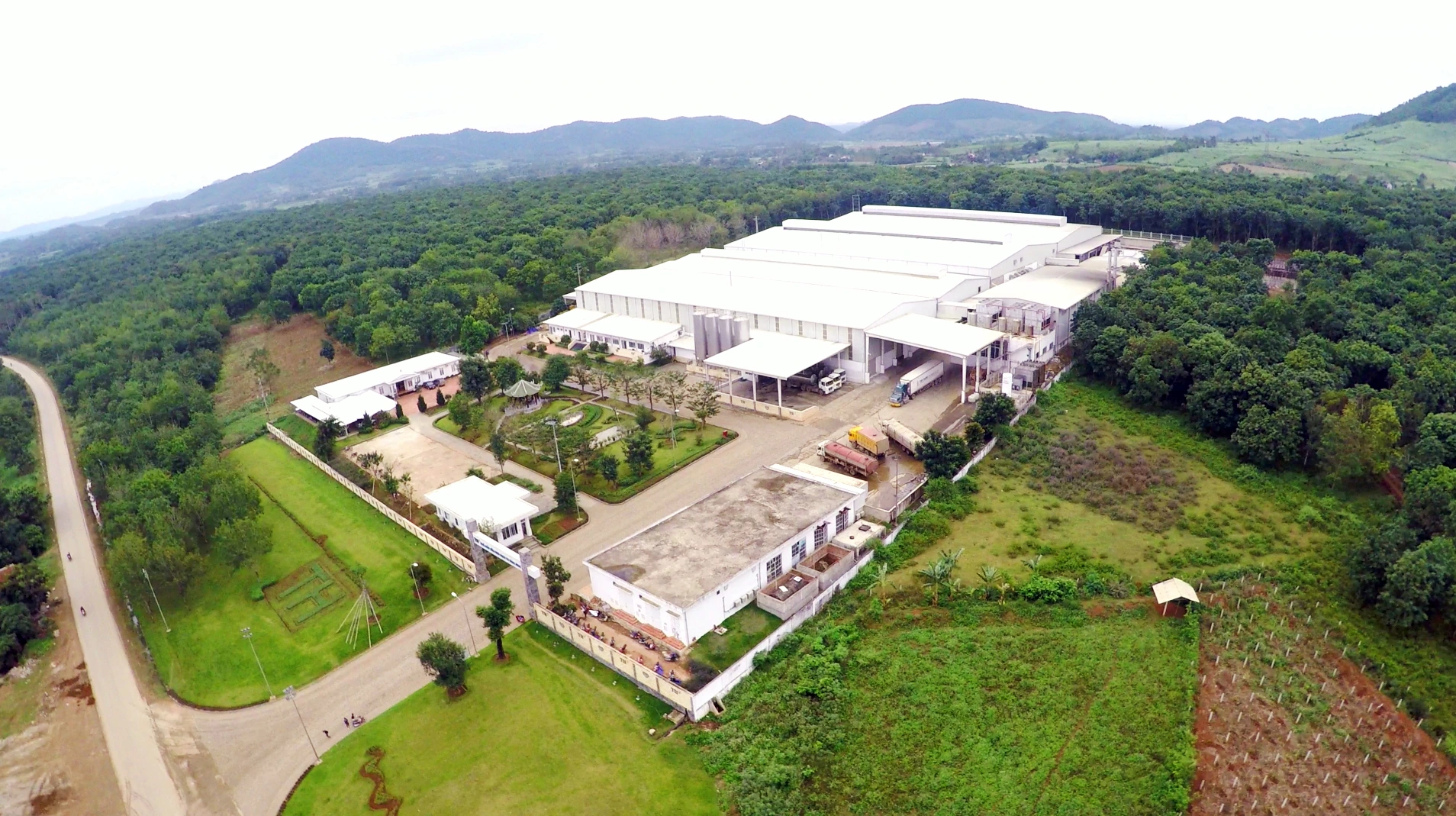








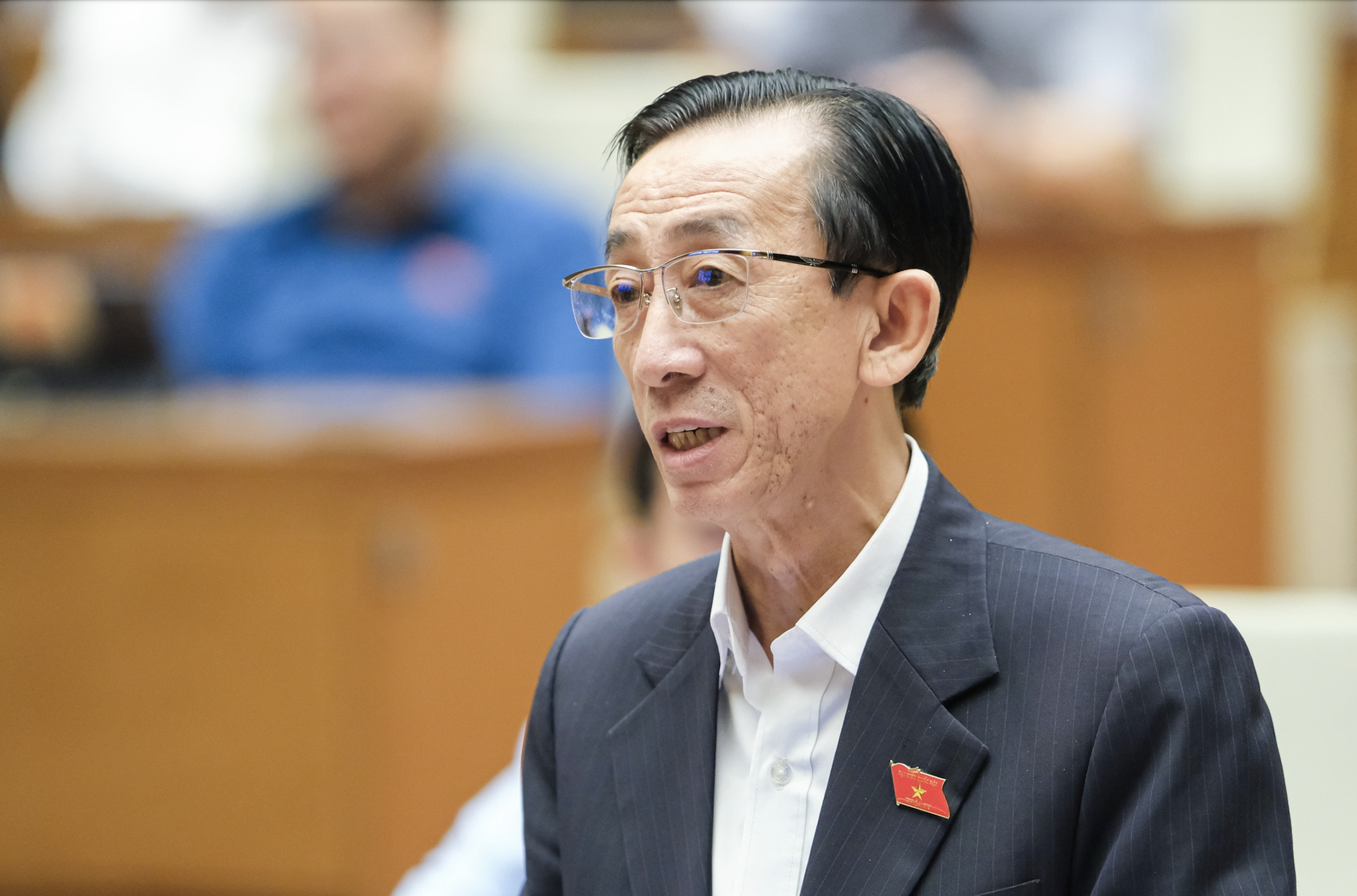

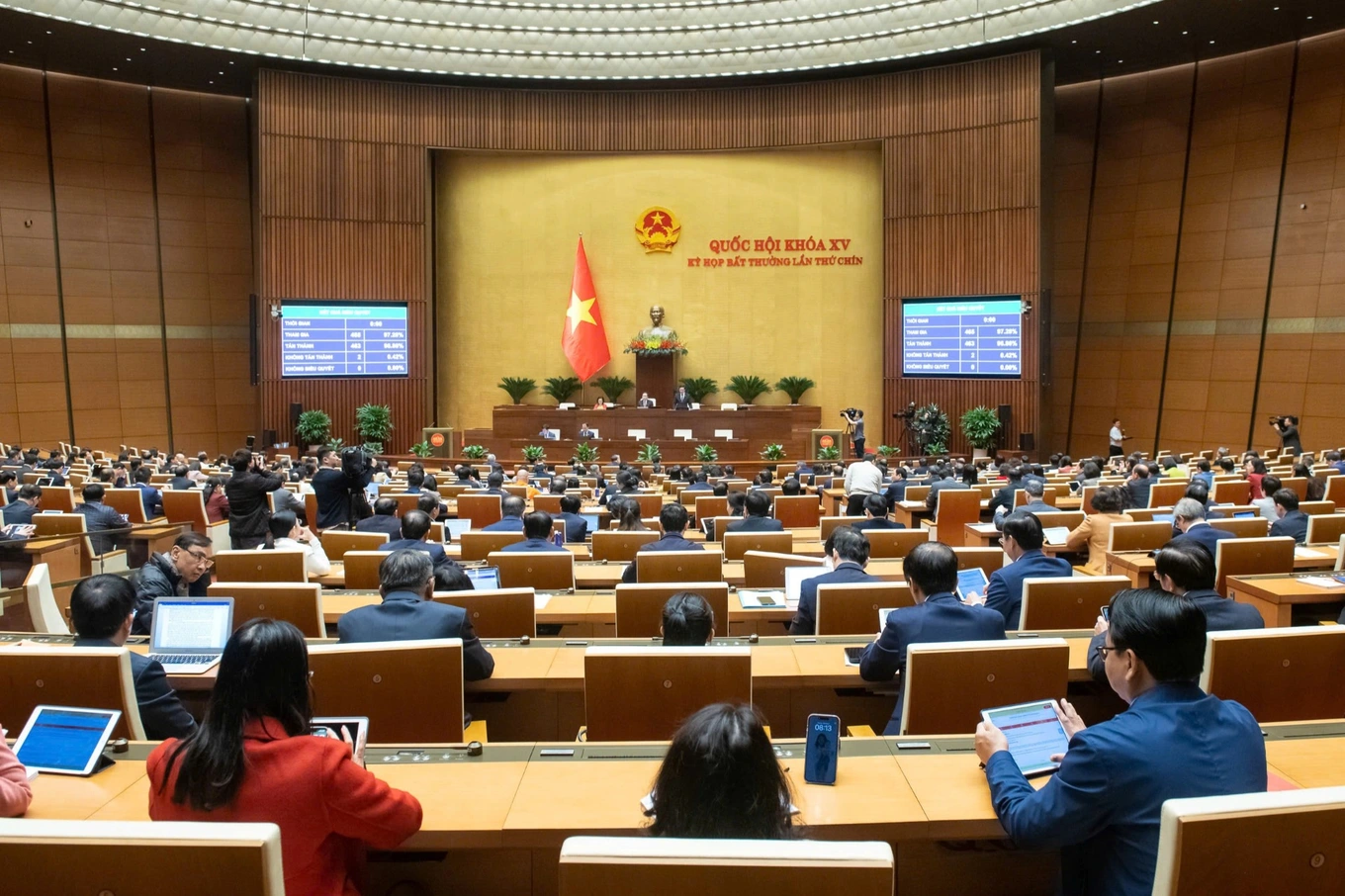


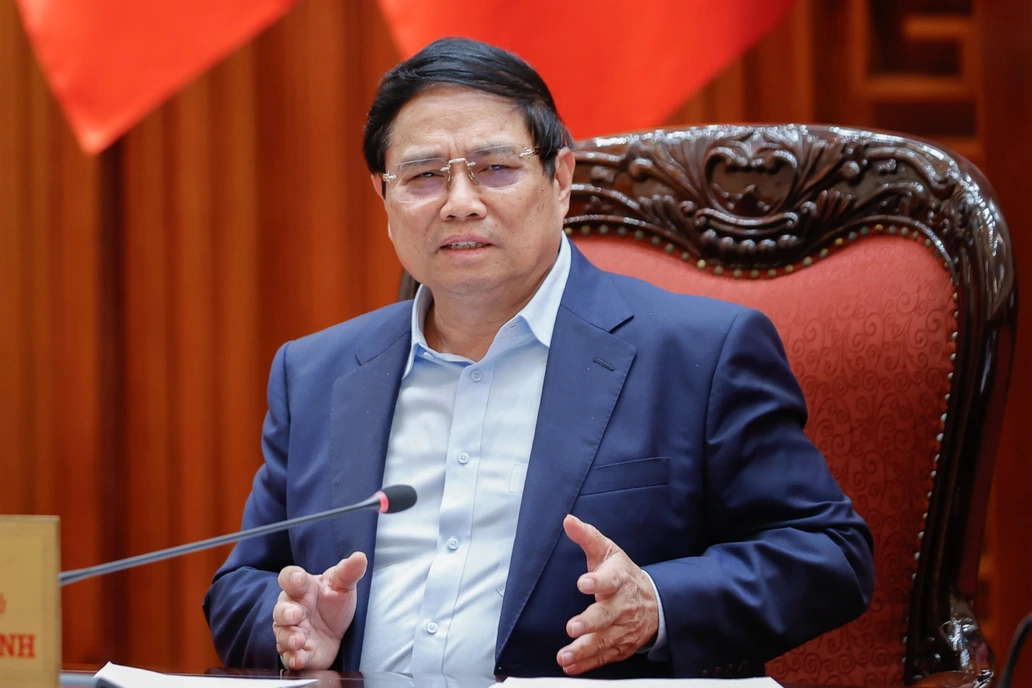


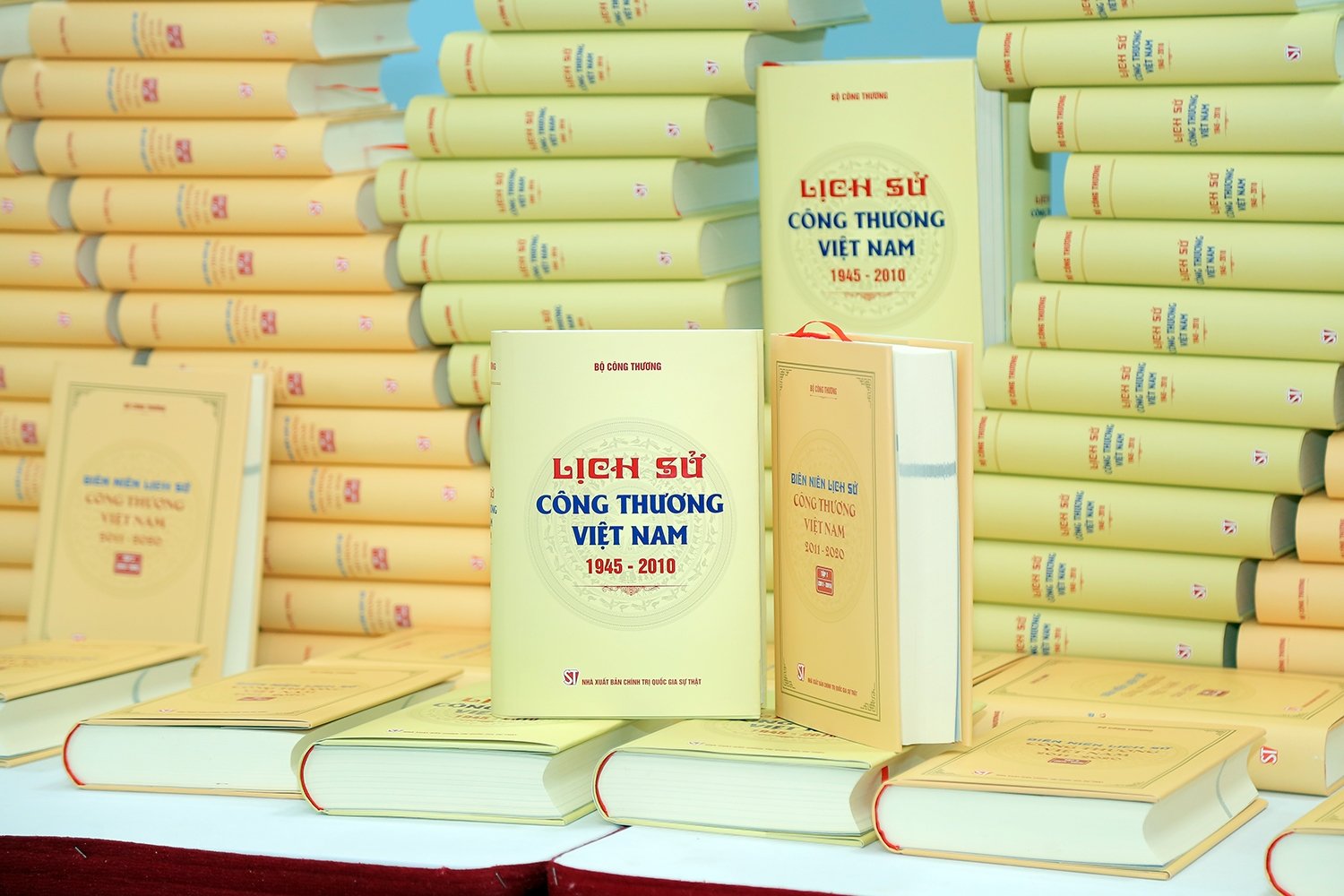
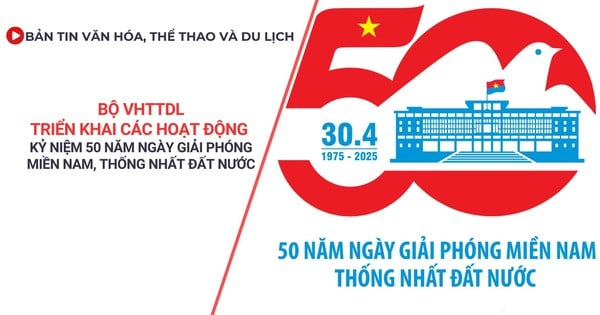






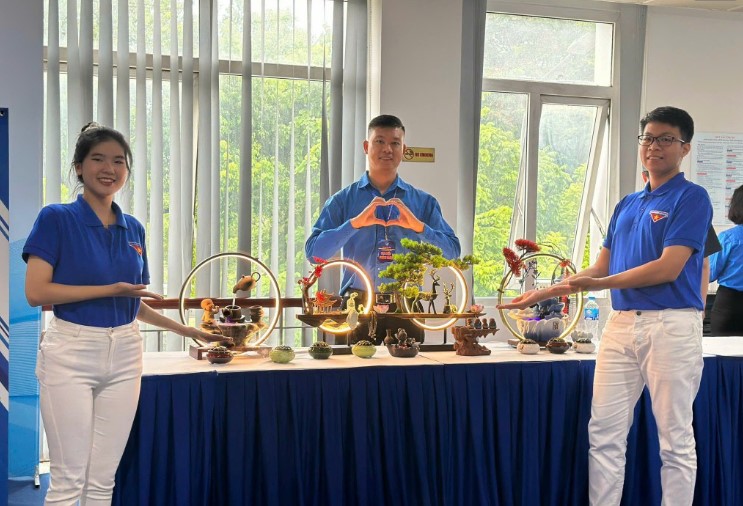
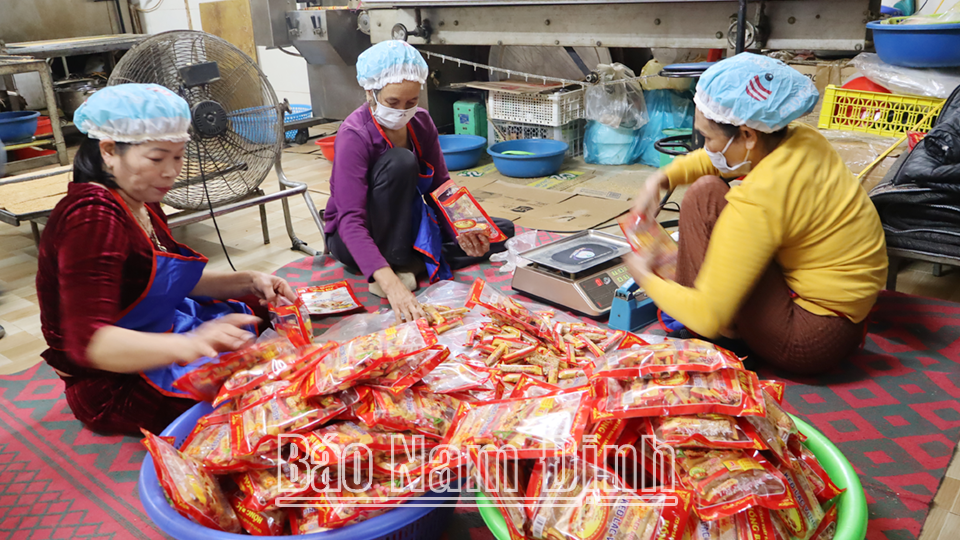





Comment (0)